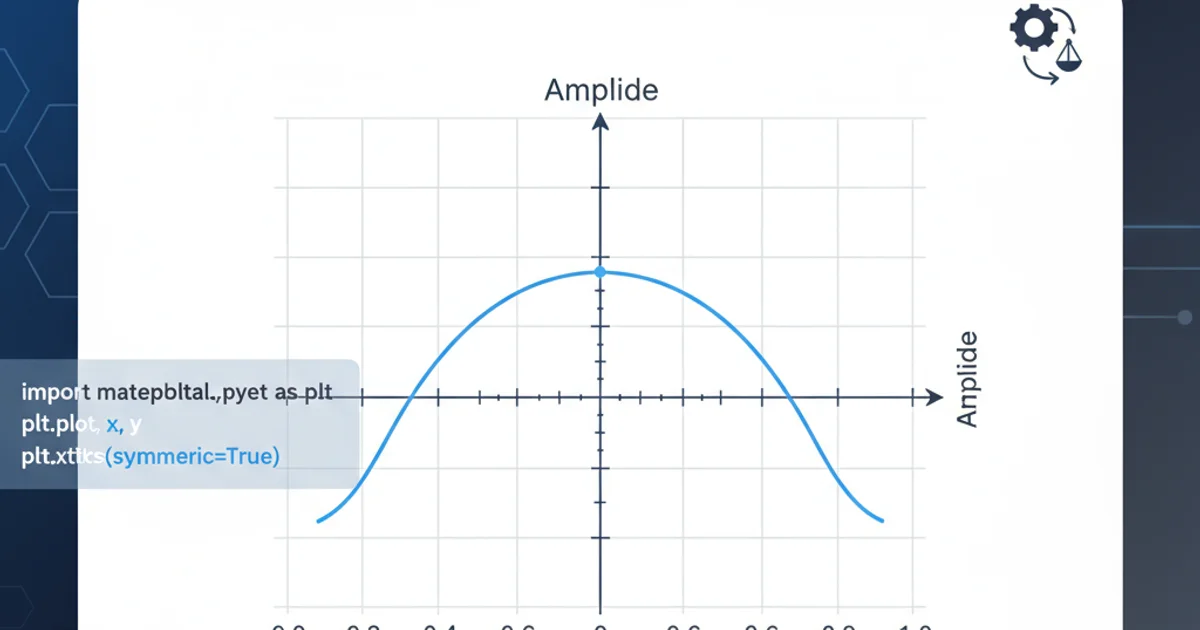What does an asterisk (*) after a variable name mean in opengl?
Categories:
Understanding the Asterisk (*) in OpenGL Variable Declarations

Explore the meaning and usage of the asterisk (*) after variable names in OpenGL, focusing on its role in C/C++ pointer declarations for memory management and data handling.
When working with OpenGL, especially through its C/C++ API, you'll frequently encounter variable declarations followed by an asterisk (*). This syntax is not specific to OpenGL itself, but rather a fundamental concept inherited from the C and C++ programming languages. Understanding what this asterisk signifies is crucial for correctly managing memory, passing data to OpenGL functions, and avoiding common programming pitfalls.
The Asterisk as a Pointer Declaration
In C and C++, an asterisk (*) placed after a data type in a variable declaration indicates that the variable is a pointer. A pointer is a special type of variable that stores the memory address of another variable, rather than storing a direct value. This allows for indirect access to data, which is fundamental for many programming tasks, including dynamic memory allocation, passing large data structures efficiently, and interacting with hardware APIs like OpenGL.
int myInteger = 10;
int* ptrToInteger = &myInteger; // ptrToInteger now holds the memory address of myInteger
float* vertices; // Declares a pointer to a float (or an array of floats)
void glBufferData(GLenum target, GLsizeiptr size, const void* data, GLenum usage);
Examples of pointer declarations and an OpenGL function signature using a pointer.
int* ptr; declares ptr as a pointer to an integer, not *ptr as an integer. The asterisk binds to the variable name, not the type, though it's often read as 'pointer to int'.Why Pointers are Essential in OpenGL
OpenGL is a low-level graphics API that often requires direct access to memory buffers. When you send vertex data, texture data, or shader source code to the GPU, you're typically providing a pointer to a block of memory in your application's RAM. OpenGL functions then read this data from the specified memory location. This approach offers high performance and flexibility, as it avoids unnecessary data copying and allows developers to manage memory precisely.
flowchart TD
A[Application Memory] -->|Contains Data| B[Data Buffer (e.g., Vertex Data)]
B -->|Memory Address Of| C[Pointer Variable (e.g., `float* vertices`)]
C -->|Passed To| D["OpenGL Function (e.g., `glBufferData`)"]
D -->|Reads Data From Address| E[GPU Memory]How pointers facilitate data transfer from application memory to GPU memory via OpenGL functions.
Common OpenGL Scenarios Using Pointers
You'll encounter pointers in various OpenGL contexts:
- Vertex Buffer Objects (VBOs): When populating VBOs with vertex data, functions like
glBufferDatatake aconst void* dataargument, which is a generic pointer to your vertex array. - Texture Data: Loading textures often involves passing a pointer to the image data (e.g.,
glTexImage2D). - Shader Source Code: Providing shader source strings to OpenGL uses
const GLchar** strings, which is a pointer to an array of pointers to character strings. - Retrieving Data: Functions that read data back from OpenGL (e.g.,
glGetBufferSubData) also use pointers to specify where the retrieved data should be stored in your application's memory.
// Example 1: Vertex data for a VBO
float positions[] = { /* ... vertex coordinates ... */ };
glBufferData(GL_ARRAY_BUFFER, sizeof(positions), positions, GL_STATIC_DRAW);
// Example 2: Texture data
unsigned char* imageData = loadImage("texture.png");
glTexImage2D(GL_TEXTURE_2D, 0, GL_RGBA, width, height, 0, GL_RGBA, GL_UNSIGNED_BYTE, imageData);
// Example 3: Shader source
const GLchar* vertexShaderSource[] = {
"#version 330 core\n",
"layout (location = 0) in vec3 aPos;\n",
"void main() { gl_Position = vec4(aPos, 1.0); }\n"
};
glShaderSource(shader, 3, vertexShaderSource, NULL);
Practical OpenGL code snippets demonstrating pointer usage.